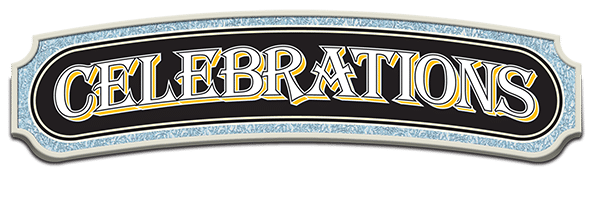10 Things You May Not Know About Turtle Talk With Crush
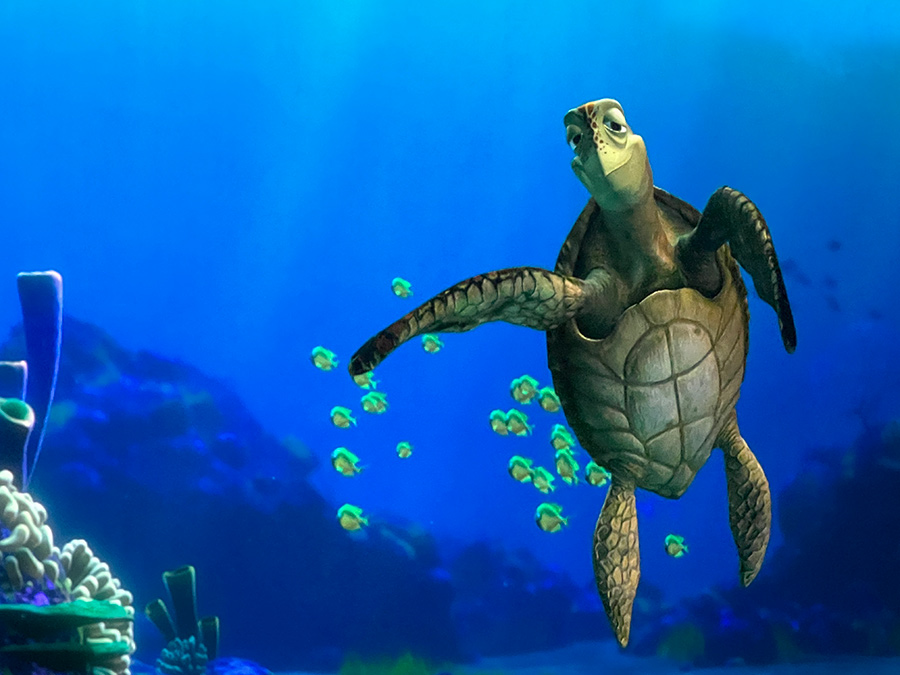
Often times as we make our way to the latest and greatest E-ticket attractions, we sometimes miss those “lesser” attractions that, while they might not offer the thrills of their larger cousins, have their own unique and unforgettable charm. For example, the next time you visit EPCOT and are focused on getting to Cosmic Rewind and Test Track, don’t forget that there’s a fun-filled (and incredibly innovative!) show to be found on the other side of the park…one that will leave you shouting “duuuuude” for the rest of the day. Let’s take some time to explore the history and fun facts of Turtle Talk With Crush at the Seas With Nemo & Friends Pavilion!
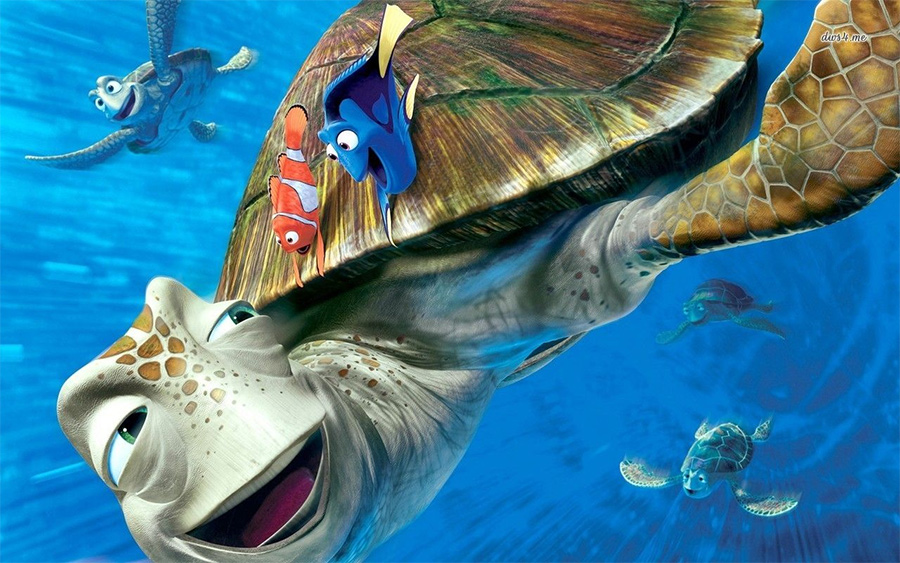
1. Finding Nemo Comes to Epcot
Finding Nemo, released in 2003, proved to be Pixar’s highest-grossing film up to that time. As a result, Disney began introducing elements of the movie into Epcot’s Living Seas Pavilion, starting in November 2004 when Turtle Talk with Crush debuted. The show stars the EAC-surfing parental unit Crush, who interacts with Guest from the other side of the giant wall that looks out into the ocean. Wait, did we say interact? Yes! Crush answers questions from the audience, specifically from the “little dudes” invited to sit on the floor. And these aren’t prerecorded snippets, either. These are actual answers, and Crush is actually talking to the audience. How is this done? Welcome to the world of digital puppetry!
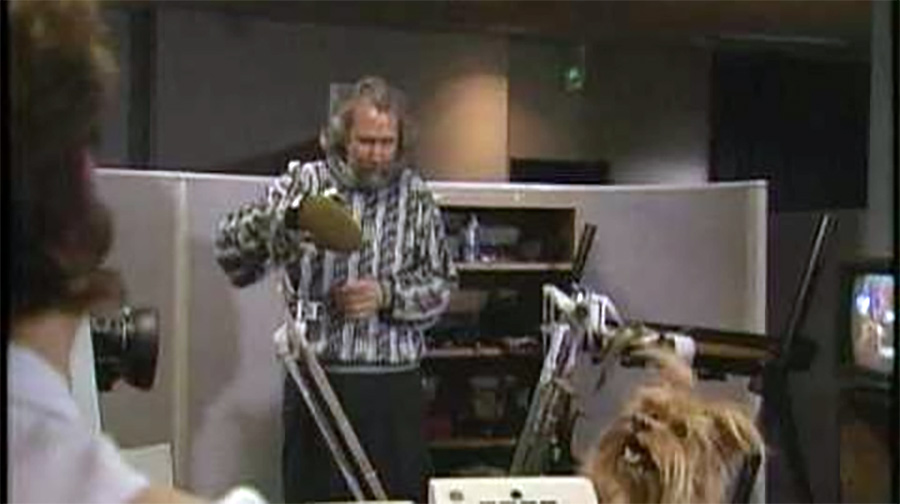
2. Digital Puppetry
What is digital puppetry? For the answer, let’s go back to 1985 when Jim Henson began working with computers to create computer-animated puppets. Henson was looking for a way to create a new version of Kermit the Frog, though Kermit didn’t end up as the character to get the computer treatment. Instead, Henson created a new character – one that we can recognize from Disney parks. Waldo C. Graphic (the “C” probably stands for computer) appeared on the Jim Henson Hour television series in the late 1980s. Before Waldo became the “spirit of 3D” at Disney’s Hollywood Studios, he was already an off-the-wall CGI character.
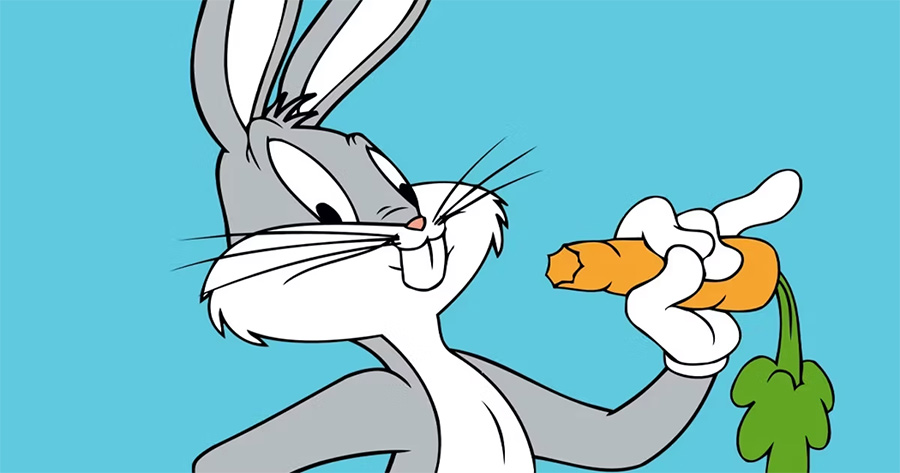
3. Bugs Bunny and Gonzo
Since Waldo first pioneered the technology, several other characters have emerged. At the 2004 SIGGRAPH Conference (where technological innovations are often introduced), attendees marveled at the “Bugs Live starring Bugs Bunny” presentation. In it, a computer-animated Bugs Bunny digital puppet appeared for a special session with the Muppet Gonzo.
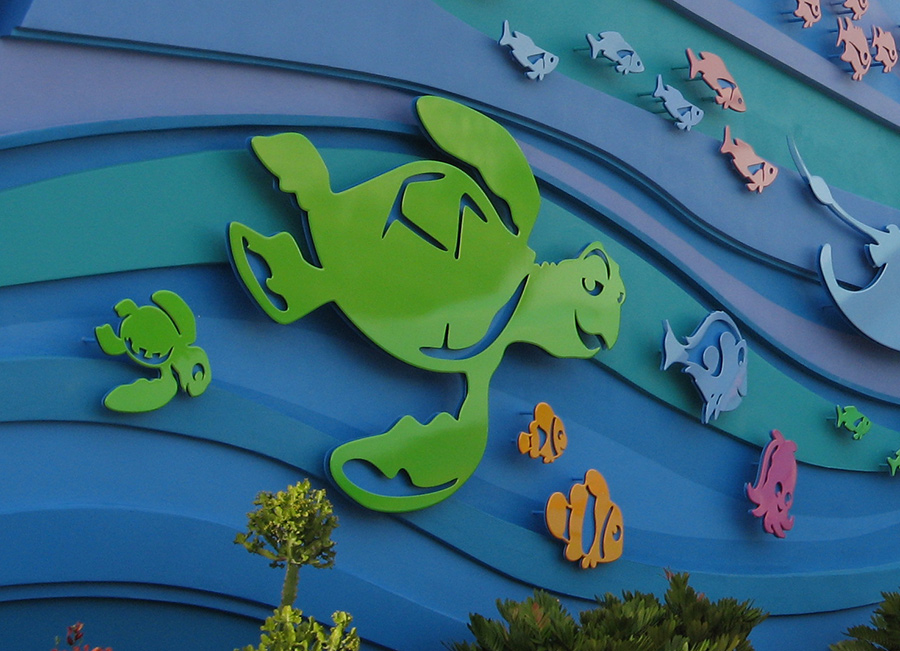
4. Crush Goes Global
In 2005, Disney brought Turtle Talk to Disney’s California Adventure. It was also ported overseas to Hong Kong Disneyland in 2008 and Tokyo Disney Resort in 2009. That’s all great, but let’s get back to the fundamental question, how does it work?
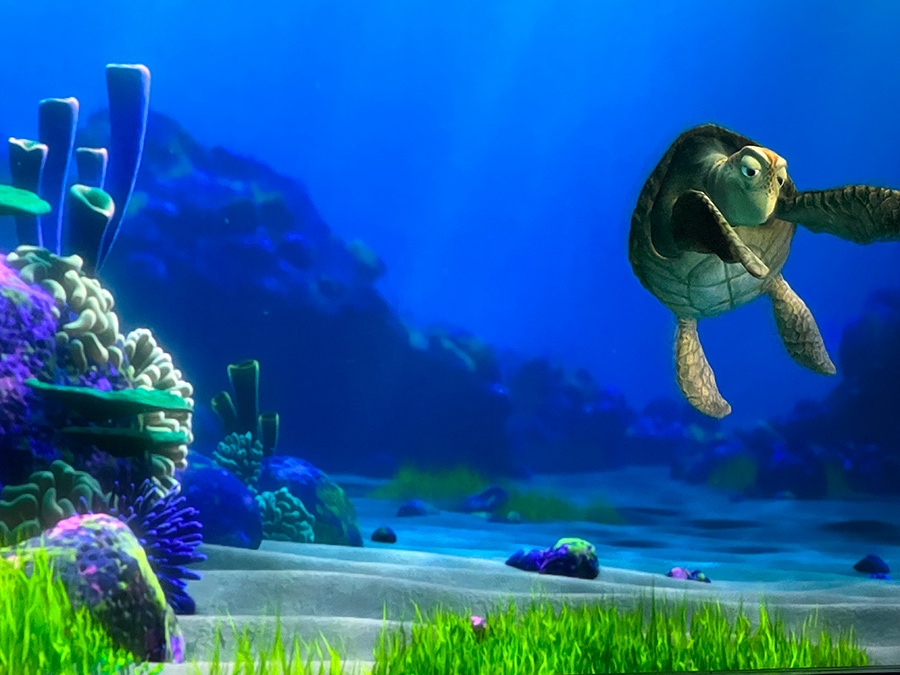
5. Behind the Scenes
Let’s start with the less-complicated stuff, but fair warning, spoilers ahead! The magic begins with a talented Cast Member hidden away in a separate room. This Cast Member has a terminal that gives him a view of the “human tank” and allows him to control Crush’s movement.
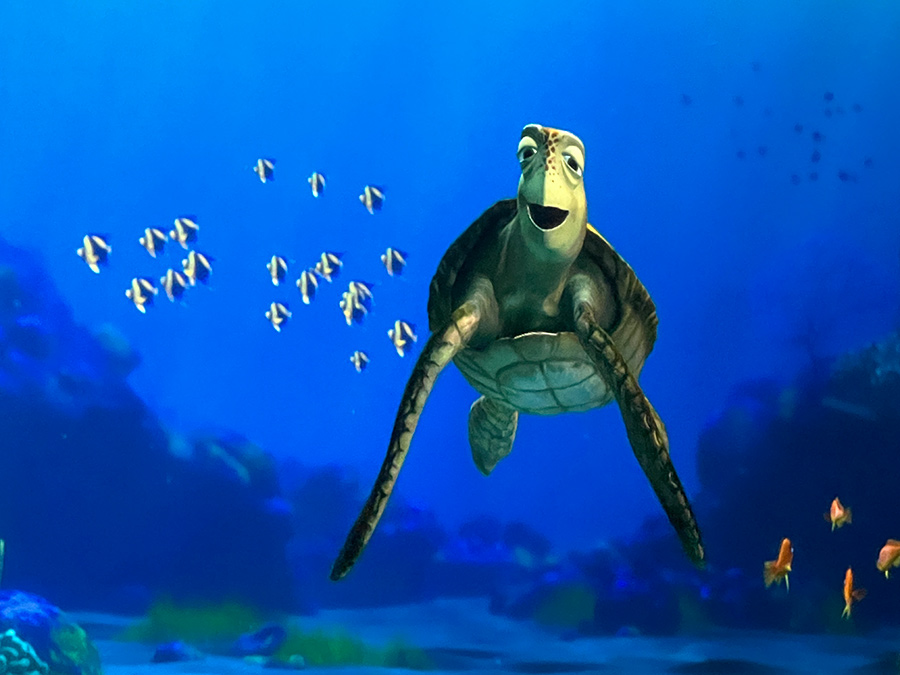
6. Bringing Crush To Life
Some of Crush’s movements are prerecorded. These movements can be activated by the touch of a button on the computer screen. Other movements are controlled by hand. The Cast Member has a controller that looks like your standard PlayStation controller. While some flips and barrel rolls may be pre-rendered, the Cast Member still has a decent amount of control over Crush’s swimming.
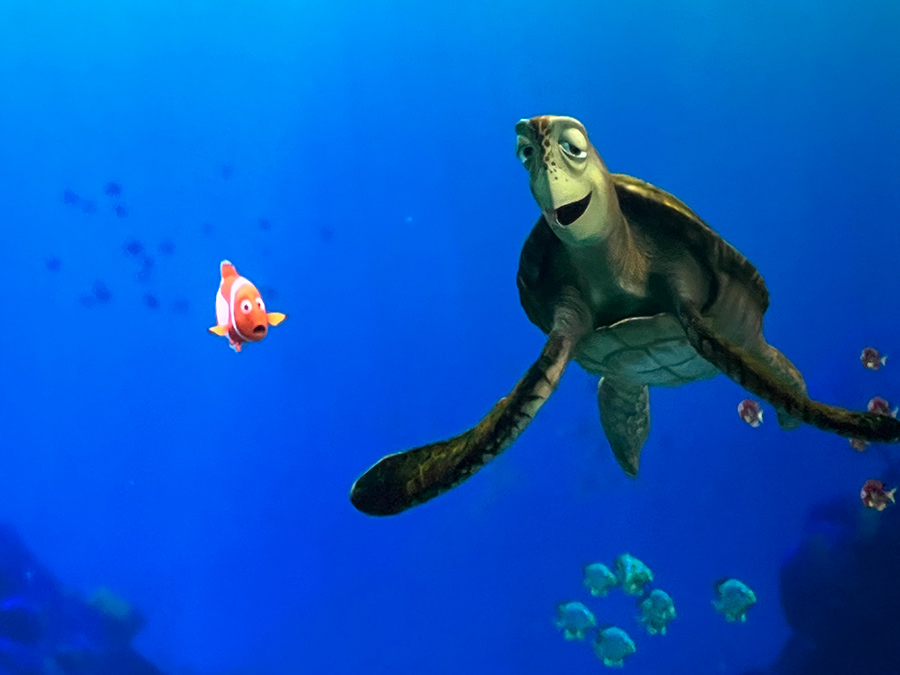
7. Keep Those Lips Moving
You might think this sounds pretty straightforward, but Crush’s mouth moves to match whatever the Cast Member chooses to say. That’s the most amazing part of this whole system. It’s also where we get into just a little bit of terminology.

8. The Science of Frame Rate
Have you ever heard the term frame rate? You may have seen the abbreviations FPS or Hz before. These stand for frames per second and hertz. In both cases, these are usually measured in seconds, and they represent how many images per second make up a video. In computing, which is what we’re dealing with here, frame rate refers to the number of times a computer completes its processes every second. Crush is rendered and displayed at 60 frames per second. This allows the computer to adjust for the Cast Member’s input and match Crush’s mouth movements to the Cast Member’s speech.
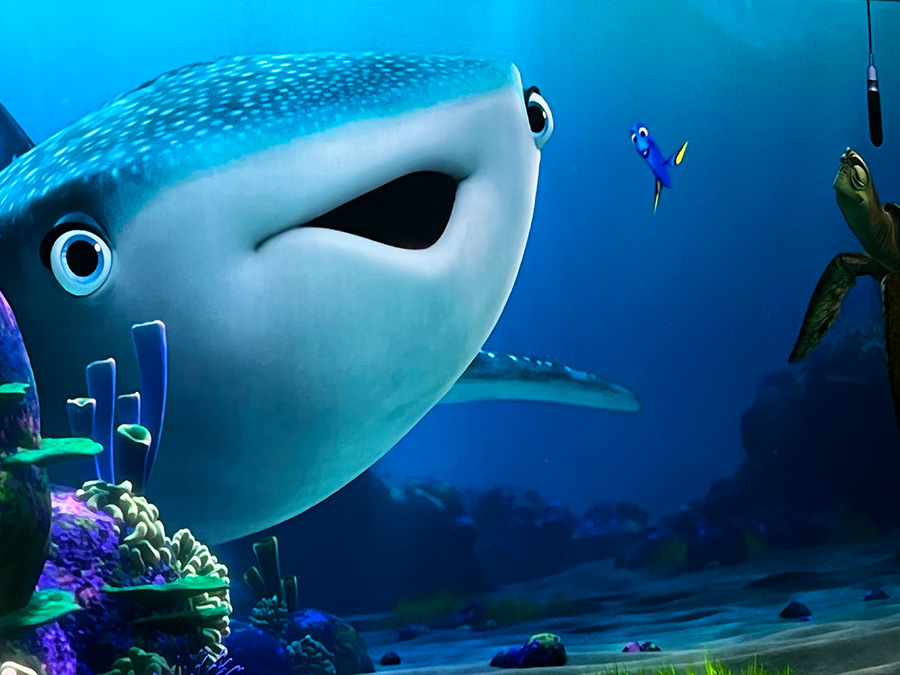
9. Smile!
How is Crush able to see you? Well, you’re actually on closed-circuit television. The “human tank” has a few hidden cameras throughout the room that send a video feed of the audience directly to the Cast Member.
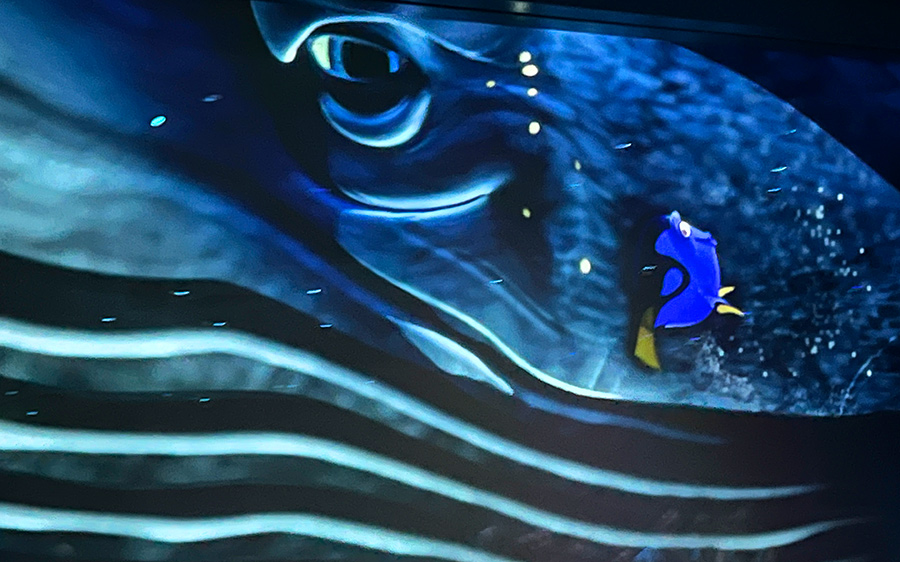
10. It Could Be Worse
What’s impressive is that most of this is done with software. Have you ever seen a behind–the-scenes video of a motion capture movie? Actors must dress up in a suit that captures and records their movements, and animators can manipulate this input. The Cast Member doesn’t need any special equipment, just a microphone and a controller. Righteous!
Discover More Disney Magic in the Summer issue of Celebrations Disney Magazine!
Immerse yourself in the magic of Disney with features and pictorials on:
• Summer Fun at Walt Disney World
• The BoardWalk and BoardWalk Inn Resort
• Parades Throughout the Years
• Percy Jackson
• The Festival of the Lion King
• Top Ten Facts About the Dreamfinder
• and Much More!!
Click here to order!
Catch up on Summer Fun in Walt Disney World with the new Summer issue of Celebrations Disney Magazine!
Immerse yourself in the magic of Disney with features and pictorials on:
• Summer Fun at Walt Disney World
• The BoardWalk and BoardWalk Inn Resort
• Disney Parades Throughout the Years
• Percy Jackson
• Wayback Machine: The World of Motion
• Top Ten Facts About the Dreamfinder
• and Much More!!
